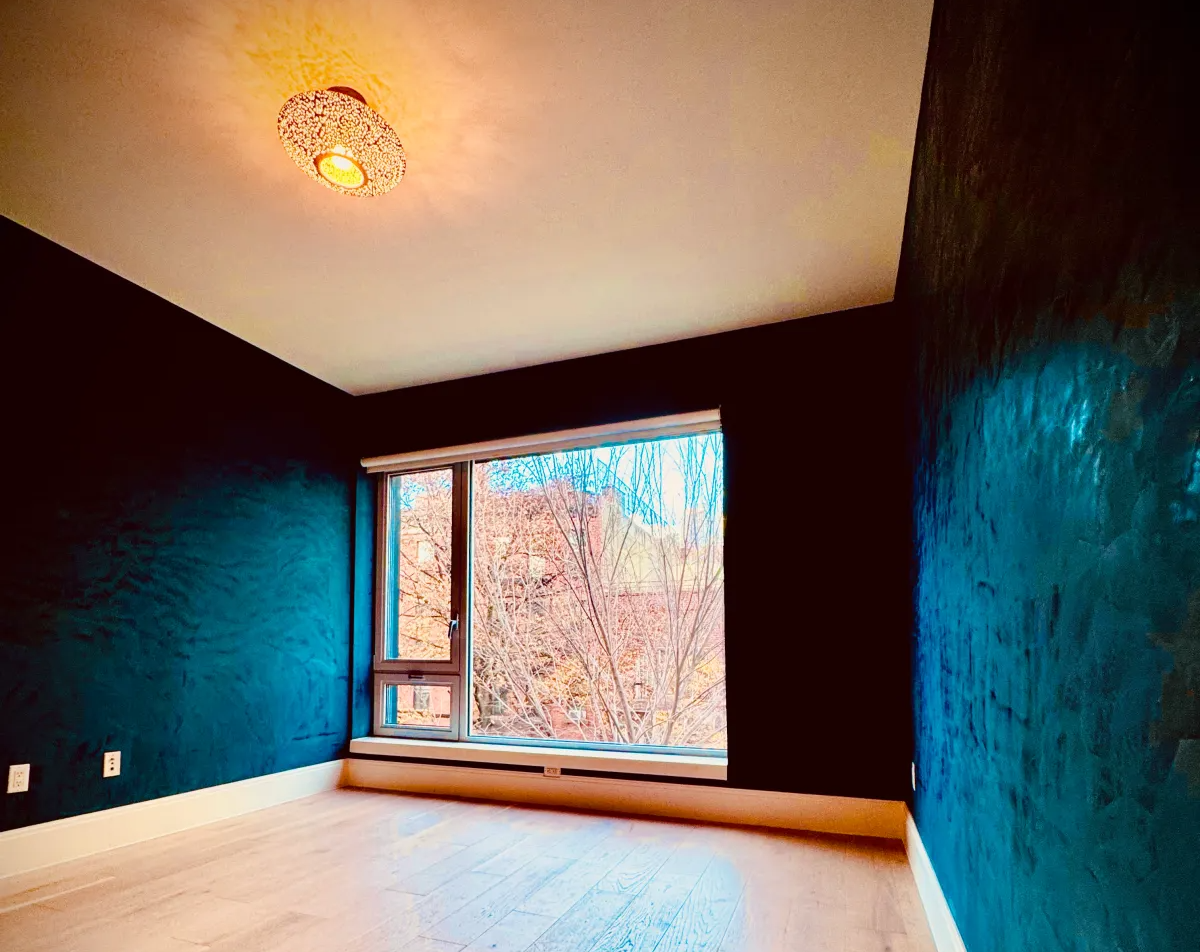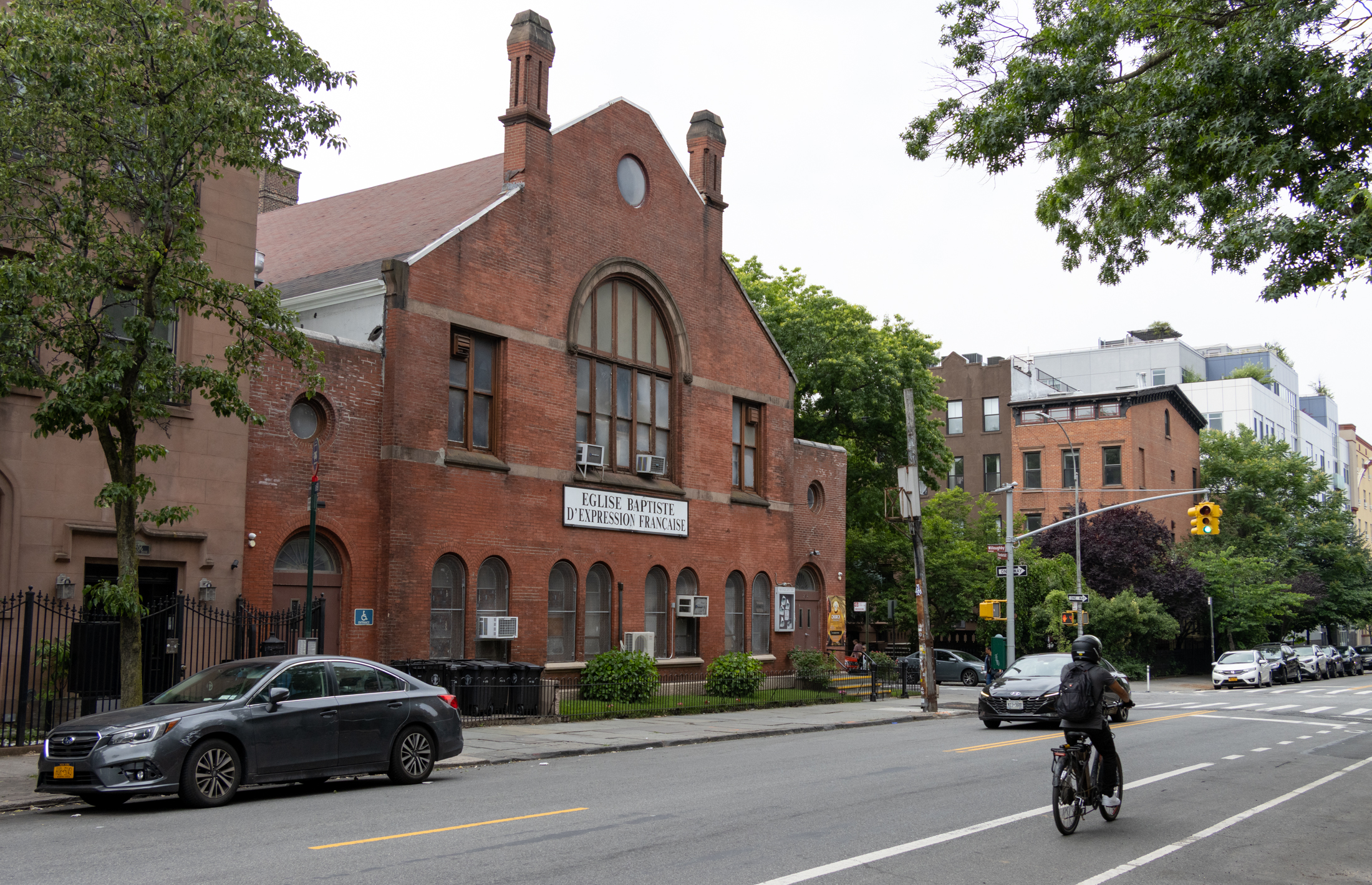Building of the Day: 47-49 4th Avenue
Brooklyn, one building at a time. Name: Originally the Terminal Theater, now Iglesia Universal del Reino de Dios (Universal Church) Address: 47-49 4th Avenue Cross Streets: Dean and Bergen Streets Neighborhood: Park Slope Year Built: 1925 Architectural Style: Colonial Revival Architect: Eugene DeRosa Other buildings by architect: 8th Street Playhouse, Times Square Theater, Broadway Theater,…


Brooklyn, one building at a time.
Name: Originally the Terminal Theater, now Iglesia Universal del Reino de Dios (Universal Church)
Address: 47-49 4th Avenue
Cross Streets: Dean and Bergen Streets
Neighborhood: Park Slope
Year Built: 1925
Architectural Style: Colonial Revival
Architect: Eugene DeRosa
Other buildings by architect: 8th Street Playhouse, Times Square Theater, Broadway Theater, Apollo Theater (42nd Street), in Manhattan. Also St. George Theater on Staten Island, and other theaters in New York City and around the country
Landmarked: No
The story: Most of us have vivid memories of the places we associate with our childhood and teen years, often fondly looked back upon as the “best days of our lives.” Very often, these memories are attached to movie theaters. I can remember exactly where I saw certain movies from my childhood and later years. Here in Brooklyn, there were once multiple movie theaters in every neighborhood. They were of different sizes and degrees of opulence, and showed different kinds of movies. Some theaters only showed first-run Hollywood blockbuster movies, while others were content to show movies from smaller studios, or genre movies, like science fiction, horror, kung fu and westerns. There was something for everyone to make memories on. And then there wasn’t.
Between 1965 and 1985, most of the neighborhood theaters in Brooklyn closed. Entertainment in Brooklyn changed, television became more important than movies, and many theaters in poorer and changing neighborhoods were not able to keep up with costs and upkeep, amenities, or security. Hundreds of theaters closed. The buildings sat boarded up and empty, like the Loew’s King Theater in Flatbush, or they were turned over to other use, generally as churches or retail stores. If you came to NY after the change, you may not have even known that some buildings were theaters in the first place. The old Terminal Theater on 4th Avenue is a great example.
The theater was built in 1925, erected on a seven plots of land that had old wood framed buildings on them prior to the theater. The area was being developed rapidly, as it was only blocks from the busy Atlantic Terminal, hence the name. Here, the Long Island Railroad Terminal took passengers to and from Long Island, it was a busy elevated train and trolley hub, and plans were just getting underway to construct Brooklyn’s tallest skyscraper nearby. It was a good place for a movie theater.
It was designed by Eugene DeRosa, an Italian-born architect who specialized in theaters. Between 1918 and the Great Depression, DeRosa designed at least 45 theaters around the country. In New York City, his St. George Theater in Staten Island, Times Square Theater, 42nd Street Apollo Theater, and iconic 8th Street Playhouse, all in Manhattan, were his most well-known. The latter was home to the “Rocky Horror Picture Show” for many years.
The Terminal Theater opened in 1925 and had a seating capacity of 1660 people. It also had a grand electric Wurlitzer organ with 3 manuals (keyboards) and 17 ranks (sets of pipes). According to the NYC Guild of Organists, that organ is still in place. Unlike Downtown theaters like the Fox, the Terminal was elegant, not over the top extravagant, with a modest exterior that looked more like a bank than a theater. Inside, the space resembled a fine concert hall, with a large vaulted ceiling and Renaissance Italian motifs.
Over the years, the theater showed first run, and later second run movies. By this time, the amount of seats had been cut to less than half of the original capacity. People now in their 50s and 60s remember seeing horror movies there, as well as blockbusters. By the 1960s, it was showing Spanish language movies, as the immediate neighborhood now had a large Spanish-speaking population. The theater closed in the late 1960’s, and became a Pentecostal church in 1975.
The Universal Church bought the building in 1989, and has been there ever since. They are the second church to use the space as a house of worship. They use the main portion of the theater for services, and the old stage is now the pulpit. The original seating is still in place. Many of the theater’s original details still remain, as can be seen in the photographs below. GMAP
(Photograph: Ken Roe for Cinema Treasures)











*Dare I dream
Thank you! Who knew there was a 1920s theater intact in there? Did I dream that it will be restored one day and used again as a theater?